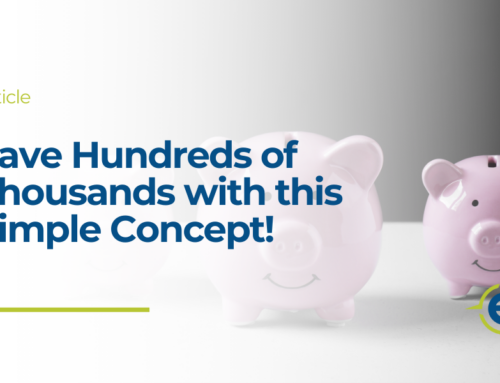Benefits of Charitable Giving
There are many great reasons to give to charitable organizations, from believing in the organization’s mission to strengthening personal values. But an additional motive could be for a tax benefit. Taxpayers can deduct their charitable donations when they itemize their deductions instead of using the standard deduction.
Itemizing vs. Standard Deduction
Before the 2017 Tax Cuts and Jobs Act (TCJA), many people itemized their deductions as it was more beneficial to do so. However, since the 2017 TCJA, nearly nine out of ten taxpayers have found it more valuable to use the standard deduction instead of itemizing, according to the IRS. There are a few contributing factors involved with this shift.
- First, the TCJA increased the standard deduction. So, for 2021 if your filing status is married filing jointly, the standard deduction is $25,100. If single or married filing separately, the deduction is $12,550. Prior to TCJA, the amounts were $12,700 and $6,350, respectively, for the 2017 tax season (inflation not accounted for with this illustration). So, you can see the increased benefit of using the standard deduction hence the reason for fewer people itemizing.
- The second factor is the State and Local Taxes (SALT) section of the itemized deduction form is limited to $10,000. This means if your real estate taxes are $13,000 and the taxes you pay to the state are $5,000, you are no longer allowed to take an $18,000 deduction. You are capped at $10,000.
Tax Planning Tip!
If you plan on making larger charitable contributions, staggering the years of your charitable giving may benefit you. Here’s an example:
- A married couple plans to make charitable contributions of $15,000 in both 2021 and 2022.
- The only other item included in their itemized deductions is the $10,000 SALT limit.
- Option 1:
- Make charitable donations as planned, $15,000 in 2021 and $15,000 in 2022.
- Take the standard deductions of $25,550 in 2021.
- Followed by deductions of $25,900 in 2022 because itemizing would be lower than these figures.
- Total of $51,450 in deductions over the two years.
- Option 2:
- Combine your planned charitable donations and make a $30,000 contribution in 2022.
- Take the standard deductions of $25,550 in 2021.
- Itemize for a total deduction of $40,000* in 2022. (*Assuming enough AGI for this contribution.)
- Total of $65,550 in deductions over the two years.
As you can see, going with option 2, this couple benefits from an additional $14,100 of total deductions within the two years.
IRA Charitable Distribution
There are additional options for taxpayers who do not itemize and are required to take distributions from an IRA. These individuals could take a qualified charitable distribution. This distribution would otherwise be taxable from an account owned by an individual 70.5 or over and is paid directly from the IRA to a qualified charity. It completely bypasses having to itemize to benefit from the contribution as the amount contributed is not shown as income on your tax return when distributed, therefore not taxed.
Taxpayer Certainty and Disaster Tax Relief Act
Additionally, for 2021, the Taxpayer Certainty and Disaster Tax Relief Act of 2020 provides several provisions to help individuals who give to charity. First, individuals filing as married filing jointly are allowed a deduction of up to $600 for cash contributions made to certain qualified charitable organizations ($300 for single and married filing separately). This act also changes the limit on cash contributions for taxpayers that do itemize to 100% of their adjusted gross income (AGI) for 2021. In prior years, contributions were limited by 20% to 60% of an individual’s AGI.
Of course, every tax situation is unique. Our team is here to help you make the best charitable donation option for you.






